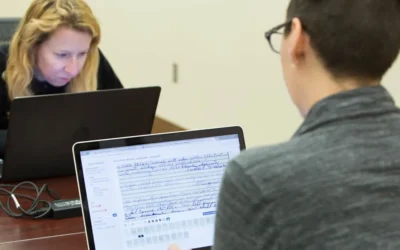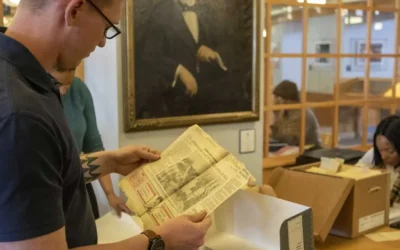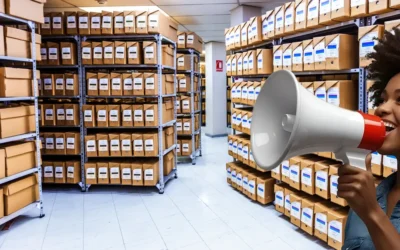Archival Preservation–Digital Sustainability Whitepaper
Our latest whitepaper, Keys to Digital Sustainability: The Archivist’s Path Forward, written by expert, consultant, author, and Lucidea guest-blogger Margot Note, offers expert guidance on how to ensure archives’ digital sustainability by going beyond traditional archival methods to preserve digital assets—whether they are born digital or digitized.
“Digital assets are complex, expensive, and require an ongoing commitment. Given the costs of preservation and the incalculable loss of digital assets, a practical approach is needed. Understanding that digital preservation is still in its infancy, this paper discusses digital sustainability: the life cycle and technical and social issues related to the creation and administration of digital assets, within the information ecology of an organization. What are the conditions needed for digital assets to provide the greatest possible sustainability?“
Per Ms. Note, “A sustainable approach to archives recognizes that the technologies used today are not permanent solutions, but merely tools that archivists and users will utilize to facilitate access in the future. Digital sustainability plans for future access and use but also recognizes the exigencies of current demands within archival repositories.”
We asked Ms. Note to develop a whitepaper (available here) that presents a wealth of information on the challenges and opportunities archivists face when planning for digital sustainability, combined with additional valuable insights gained from her consulting work with archives clients on such topics as archival project management, archives collections management policy development, and more.
Download your PDF copy here…and don’t forget to read Margot Note’s blog post series on the most important challenges and opportunities archives and archivists are facing today.
Similar Posts
Collaborative Archival Relationships
Collaborative projects are instrumental in showcasing how archival collections can benefit various organizational departments.
Informational, Evidential, and Intrinsic Values within Archives
Archives provide authentic, reliable information and hold values that reflect their functions and uses; informational, evidential, and intrinsic.
A Sustainable Archives
Archivists prioritize sustainable practices and policies, rooting their work in ethics of care, often preferring digital processing and preservation
Archival Branding and PR Strategies
Archivists who adopt branding and PR strategies both safeguard historical treasures and contribute to their organizations’ evolution.




Leave a Comment
Comments are reviewed and must adhere to our comments policy.
0 Comments